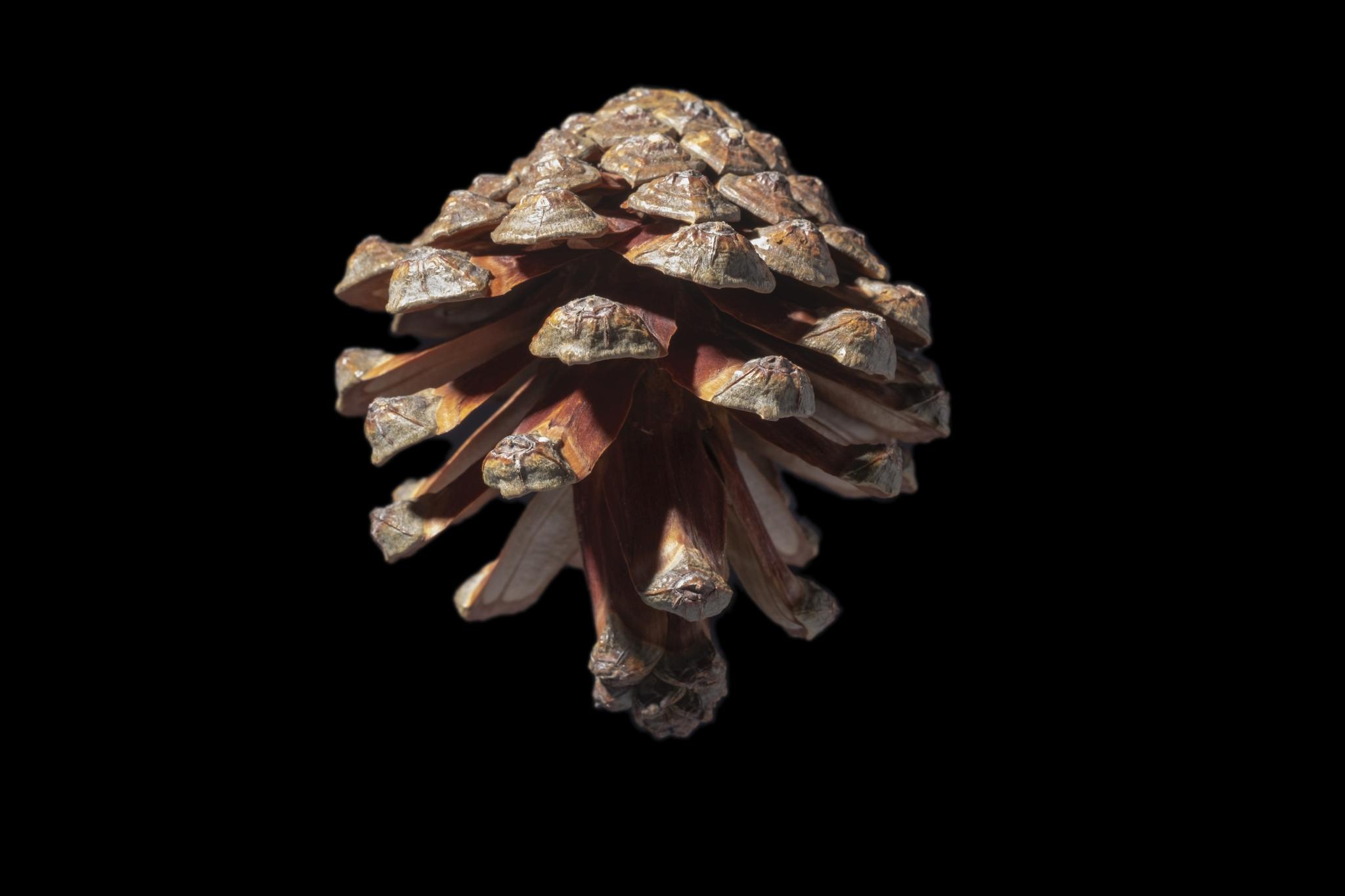Magnificent Pinus and Where to Find Them
XL / 2025-07-03
Pinus densata is the pine species with the largest vertical distribution range and the highest upper limit of altitude. The P. densata forests, with P. densata as the dominant species, are an important part of the southwestern forest region of China and play key ecological roles in soil and water conservation, climate regulation, biodiversity conservation, and carbon sequestration on the southeastern edge of the Tibetan Plateau. The distribution and community characteristics of P. densata forests are the prerequisites for reasonably evaluating their ecological functions, simulating and predicting their succession dynamics, and formulating scientific management measures.
A research team from the Chengdu Institute of Biology, Chinese Academy of Sciences, traversed 33 counties in Sichuan, Yunnan, and Tibet, systematically investigated nearly 60 forest plots, accurately defined the spatial distribution range of P. densata forests, comprehensively constructed a classification system for P. densata forest communities, and elaborated on the community structure and species composition characteristics of each association group.
This study highlights the ecological treasure value of P. densata forests, recording 233 species of Chinese endemic plants and 18 endangered plants, including the national second-level key protected wild plants Nardostachys jatamansi and Paeonia delavayi. “A systematic understanding of the distribution and community characteristics of P. densata forests will provide a scientific foundation for forest fire management, protection of endemic species, and ecological security on the Tibetan Plateau,” said Dr. Du Yan, the lead author of the paper.
Despite the strong adaptability of P. densata, its communities are still subject to constraints and disturbances from aridity, poor soil, and human activities. In some areas, after experiencing disturbances such as logging, grazing, and fires, P. densata forests have shown characteristics of low stand density, simple community structure, and low species diversity. Protecting and restoring P. densata forests has become a crucial step in maintaining ecological balance and building an ecological security barrier.

